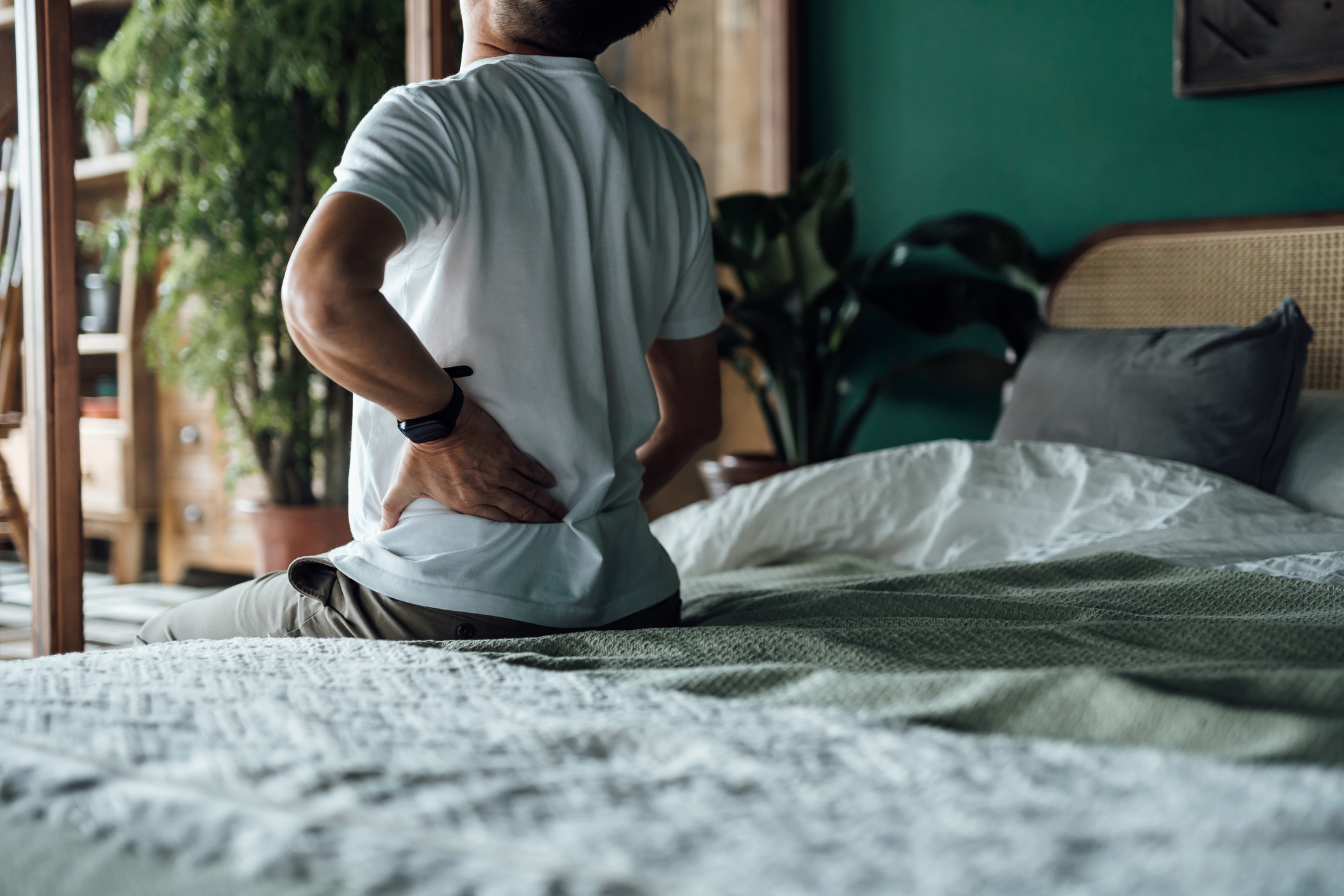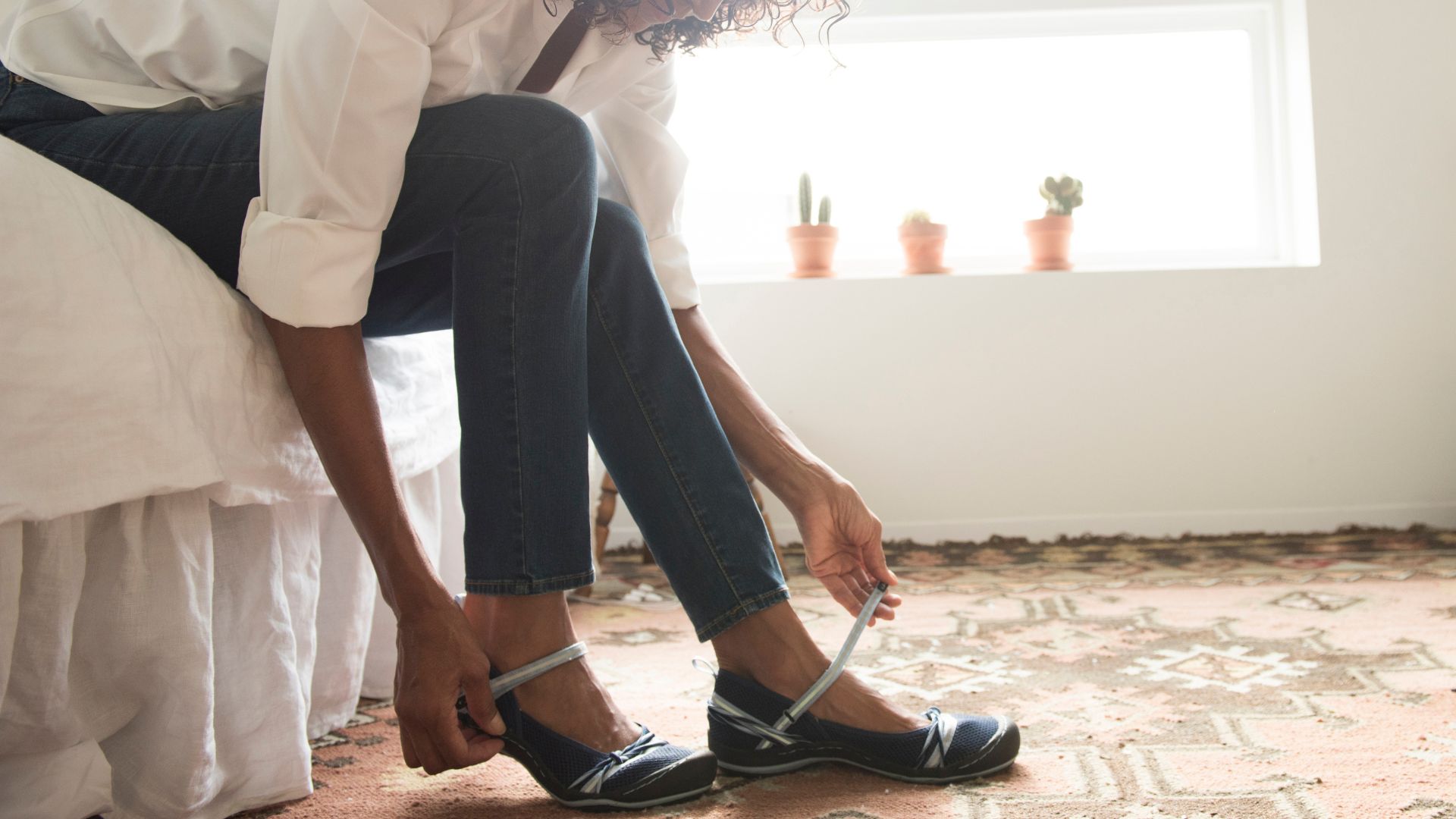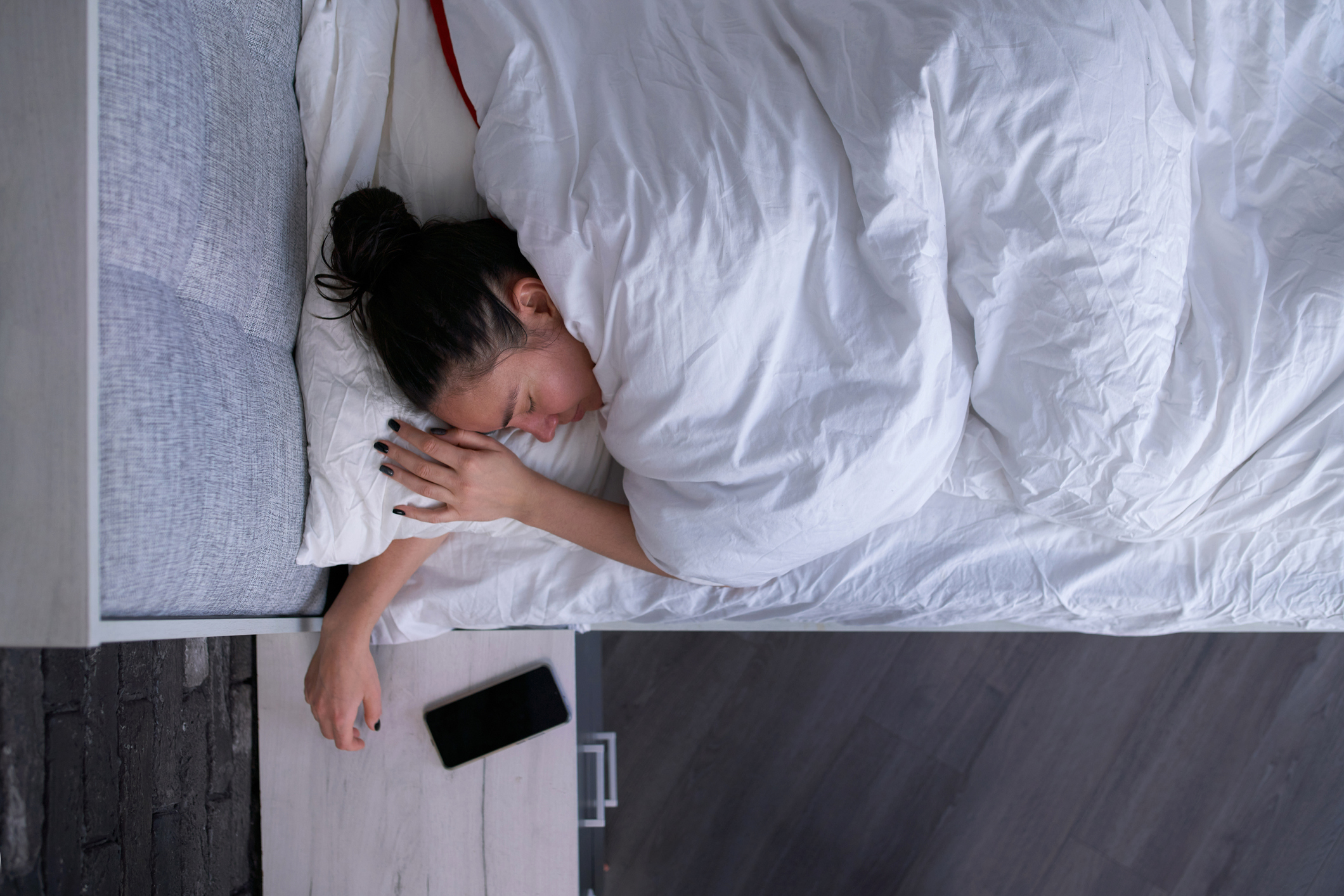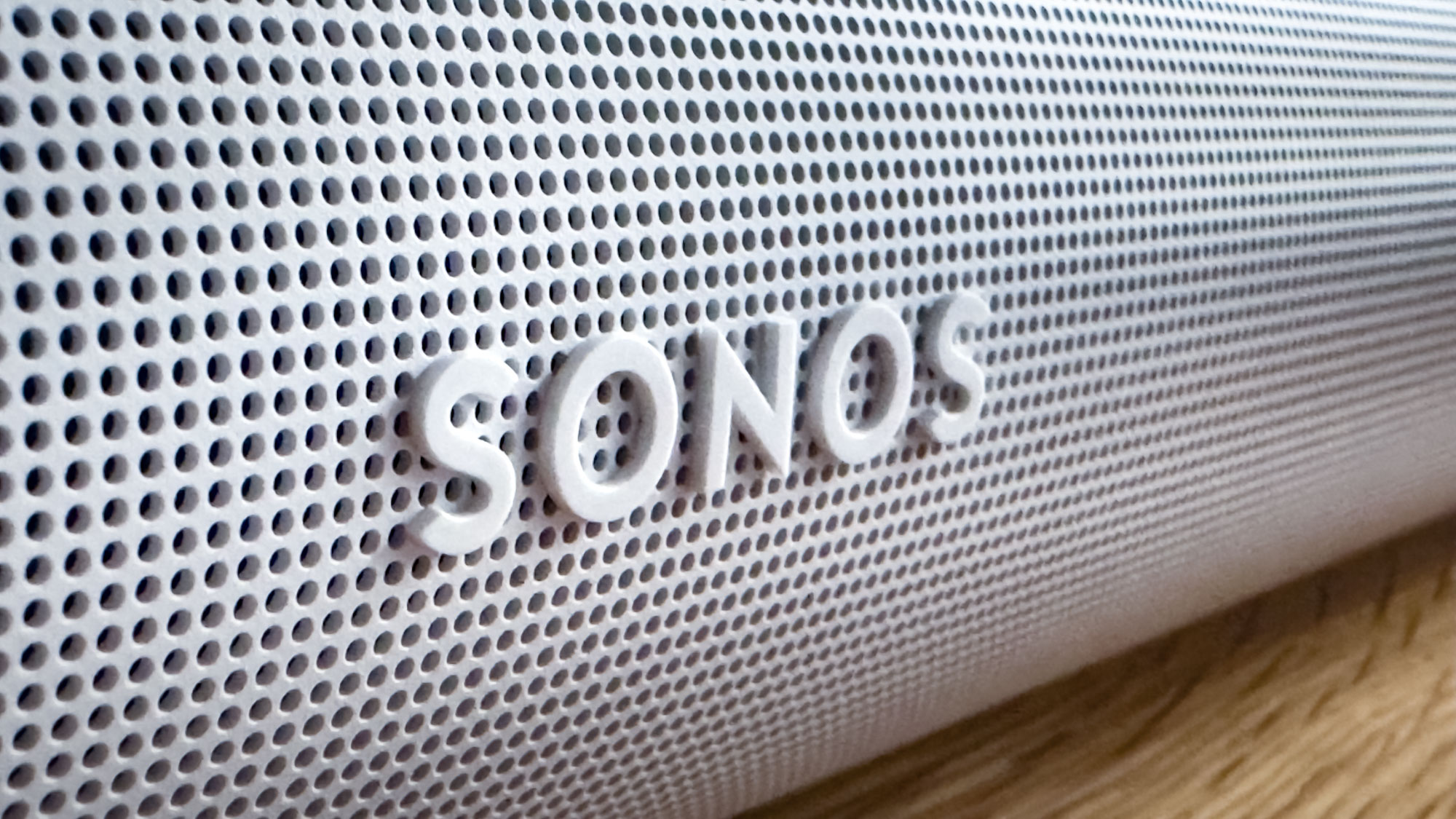5 signs your mattress is too soft, plus how to make it firmer
If you notice any of these signs, it could be time to switch your soft mattress for a firmer bed

While many dream of falling into an ultra-plush, marshmallow-soft bed at the end of a long day, a mattress that is too soft can leave you feeling uncomfortable and unsupported. If you're wondering whether your mattress is too soft and could be firmer, there are some classic signs to look out for.
Firmness is subjective and even some of the best mattresses won't suit everyone, and those that have cloud-like softness are only ideal for certain type of sleepers. Back, stomach and heavyweight sleepers, plus those who frequently change sleep positions at night, may want to choose something in the medium-firm to firm category.
If you recognise some of the following signs, it may be time to switch your soft mattress for a firmer one. Not in the market for a new bed? We've also included some ways to make your current soft mattress firmer.
5 signs your mattress is too soft
1. You're waking up with lower back pain
If you sleep on your back or stomach, or you weigh over 230lbs, you will need a firm or medium-firm bed to keep your body well supported. A tell-tale sign that your mattress isn't firm enough to support you is waking up with lower back pain.

If you wake up with an ache in your lumbar region, it's likely that your hips (the main pressure point when sleeping on your back or front) are sinking too deeply into the soft mattress. When your hips dip, they become misaligned with the spine which can lead to lower back pain.
2. You find it difficult to change sleep position
The best memory foam mattresses can add body-cradling comfort, excellent motion isolation, and sink-in softness. However, if you're a combination sleeper (someone who frequently changes sleep positions during the night) this sink-in softness can make it difficult to move around and adjust your sleep style, with many combi sleepers feeling more trapped than comfortable.

3. You have trouble getting in and out of bed
Firmer mattresses tend to have greater edge support, which means you won't struggle to get in and out of bed or feel like you're sinking when sitting on the edge of the bed while getting dressed. While the best soft mattresses can also provide ample support, some soft mattresses can dip and collapse when you attempt to pull yourself out of bed.
Get instant access to breaking news, the hottest reviews, great deals and helpful tips.
4. You often wake up hot
Sleeping on a firmer mattress also means that you're held on the top of the mattress, where there's better airflow. In contrast, sinking into a soft mattress can cause you to sleep warmer, due to the 'hug' of the soft mattress. So if you're currently sleeping on a soft mattress and often wake in a hot tangle of bed sheets, your bed could be to blame.

5. You're only comfortable when side sleeping
The best mattresses for side sleepers tend to be on the softer side, as those who sleep on their side need cushioning pressure relief along the shoulders, hips, and knees. The best mattresses for stomach sleepers, on the other hands, are much firmer to keep the hips supported and the spine healthily aligned.
If you only feel supported when sleeping on your side (but you naturally sleep on your back, stomach, or a combination of all three) while trying to get comfortable, this is a sign that your mattress is too soft to support any other position.
How to make your soft mattress firmer
If you've spotted the above signs but can't invest in a new firmer mattress right now, there are some cost-effective ways to make your bed firmer. The first is to check whether your bed frame needs tightening (loose frame fixings can cause mattresses to sag). However, the best way to make a bed immediately firmer (without buying a new one) is to invest in the best mattress topper for adding firmness. While most toppers are designed to add softness, there are plenty of firm mattress toppers out there that offer you the support of a firm mattress for a fraction of the price.
When adding firmness to a bed look for a topper between 2 to 3 inches thick or with adjustable firmness. While our top picks are the Turmerry Latex Mattress Topper, with 4 different firmness levels to choose from, and the ViscoSoft Active Cooling Mattress Topper, you can also take a look at our best cheap mattress topper guide, too.
ViscoSoft Active Cooling Mattress Topper: from $334 $249.94 at ViscoSoft
When putting together our Viscosoft Active Cooling Mattress Topper review, we found this topper to add both temperature control and firm support to our beds. Our testing panel were also impressed with its gentle pressure relief and generous 7-year warranty, and found that this bed topper is ideal for back sleepers. There's also an evergreen discount on this topper, so you'll never have to pay full price.
Who is a soft mattress best for?
There's a big difference between a soft mattress and an unsupportive mattress. The best soft mattresses will provide ample support for your sleeping position, delivering the plushness that you crave without allowing your spine to dip out of alignment.
The best soft mattress will suit side sleepers and lightweight sleepers (those who weigh under 130lbs). Petite sleepers don't require a studier, stronger base to support their frame, while side sleepers need plush pressure relief to cushion pressure points in the shoulders, hips, and knees.

Frances Daniels is a PPA-accredited journalist and Sleep Staff Writer at Tom's Guide with an MA in Magazine Journalism from Cardiff University. Her role includes covering mattress and sleep news and writing sleep product reviews and buyer's guides, including our Best Hybrid Mattress 2025 guide. She is interested in the relationship between sleep and health, interviewing an array of experts to create in-depth articles about topics such as nutrition, sleep disorders, sleep hygiene, and mattress care. She is also our specialist on mattress toppers — producing bed topper reviews and taking care of our Best Mattress Toppers 2025 guide — and leads content relating to fiberglass-free beds for a non-toxic sleep. Outside of Tom's Guide, she has written for Ideal Home and Marie Claire.

